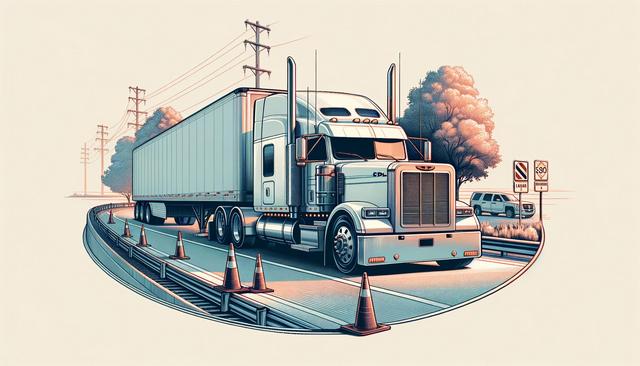
Commercial Driver’s License (CDL) Courses: Fast Track to Professional Driving
Understanding What a CDL Course Involves
A Commercial Driver’s License (CDL) course is designed to prepare individuals for a career in professional driving. These courses provide the essential knowledge and practical skills needed to operate commercial vehicles safely and in compliance with local, state, and federal regulations. Whether you’re aiming to drive long-haul trucks or passenger buses, completing a CDL course is often the first critical step. The curriculum typically includes both classroom instruction and behind-the-wheel training. Topics covered during the course may range from vehicle inspection procedures to defensive driving techniques and cargo handling. By the end of the course, participants should be equipped to pass the CDL exam and meet the requirements for various types of commercial driving jobs.
Steps to Enroll in a CDL Training Program
Getting started with a CDL course involves a few structured steps. First, you need to meet basic eligibility requirements, which often include being at least 18 years old (21 for interstate driving), holding a regular driver’s license, and having a clean driving record. Once eligibility is confirmed, the next step is to choose a certified CDL training provider. These may include community colleges, vocational schools, and private training centers. When selecting a training provider, consider factors like course duration, class size, instructor experience, and job placement support. After enrollment, students typically complete a combination of classroom learning and hands-on driving practice. The final step is to schedule and take the CDL test, which includes a written knowledge exam and a skills test involving vehicle operation and safety checks.
Types of CDL and Endorsements
CDL courses are structured to prepare students for different classes of commercial licenses, each suited for specific vehicle types and job functions. The three main CDL classifications include:
- Class A: Required to operate combination vehicles with a gross combination weight rating (GCWR) over 26,001 pounds.
- Class B: Suitable for operating single vehicles weighing over 26,001 pounds, or towing a vehicle not exceeding 10,000 pounds.
- Class C: Designed for vehicles transporting 16 or more passengers or hazardous materials.
In addition to these classes, endorsements can be added to a CDL to expand job opportunities. Popular endorsements include:
- H – Hazardous materials
- N – Tank vehicles
- P – Passenger transport
- T – Double/triple trailers
Each endorsement requires a separate knowledge test and, in some cases, additional background checks or training.
Benefits of Completing a CDL Course
Completing a CDL training course offers several potential advantages, particularly for those looking to enter the transportation and logistics industry. One of the primary benefits is access to a wide range of job opportunities, as commercial drivers are in demand across multiple sectors, including freight, passenger transport, and delivery services. Additional benefits include:
- Competitive wages and benefits packages
- Opportunities for regional, national, or local routes
- Job stability and career advancement options
- Hands-on experience with industry-standard equipment
Furthermore, many CDL programs offer job placement assistance, helping students connect with employers soon after graduation. This support can be an important stepping stone into the workforce, especially for individuals transitioning from other industries or career paths.
How Long Does It Take to Get a CDL?
The duration of a CDL course can vary depending on the type of license being pursued, the training provider, and the schedule format (full-time or part-time). On average, most full-time CDL courses take between four to eight weeks to complete. Some programs offer accelerated tracks that can be completed in as little as three weeks, while others provide flexible pacing for students who need to balance training with other commitments. After completing the course and passing the CDL test, drivers typically receive their license within a few days to a few weeks, depending on state processing times. Students should also factor in the time needed for any additional endorsements or background checks, particularly for transporting hazardous materials or passengers. With the right preparation and commitment, it’s possible to move from enrollment to employment as a commercial driver in just a few months.
Conclusion: Is a CDL Course Right for You?
For those considering a stable and rewarding career in transportation, enrolling in a Commercial Driver’s License (CDL) course can be a practical and valuable investment. These programs are structured to help students quickly build the skills and knowledge needed for professional driving roles. With a variety of course options, license types, and endorsements available, individuals can tailor their training to match their career goals. Whether you’re seeking local routes or long-haul opportunities, a CDL course provides a clear pathway into a growing industry. If you meet the basic requirements and are ready to commit to the training process, a CDL course could be your first step toward a new and promising career.


